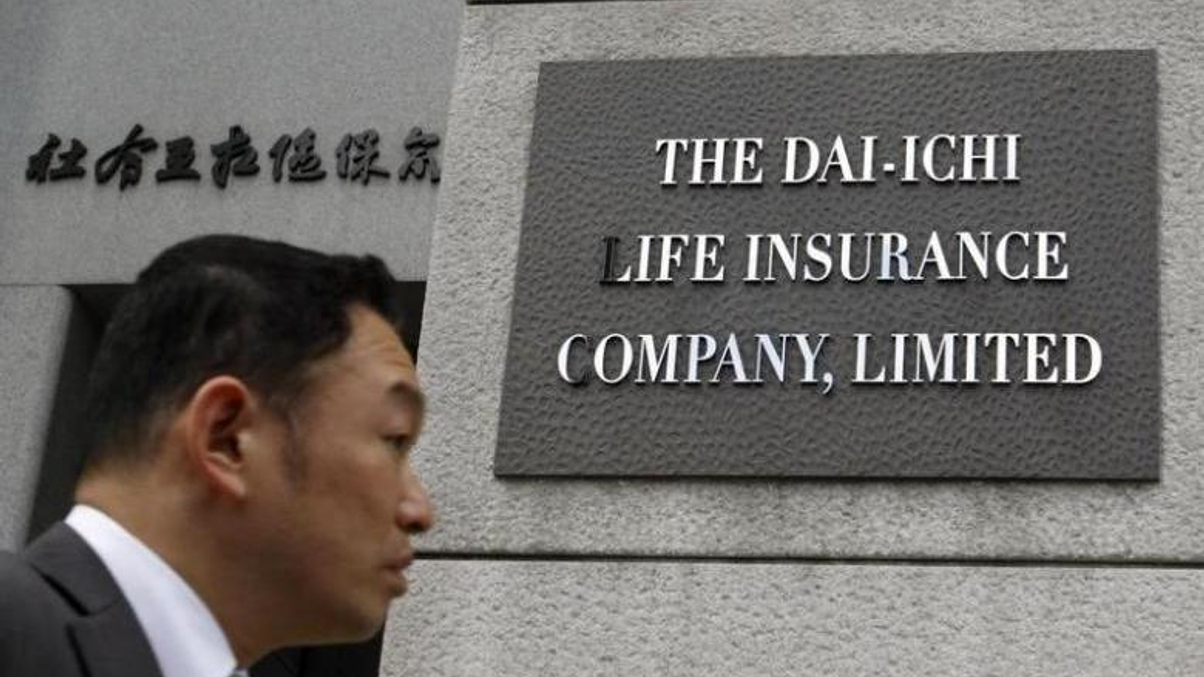Japan life insurers build foreign assets, talent
The likes of Dai-ichi Life and Nippon Life are expanding their overseas investment allocations and expertise, at a time when it is harder than ever for them to match assets to liabilities.

Portfolio management is proving particularly difficult for Japan's huge life insurance firms right now. They must maintain sufficient duration in their portfolio and avoid asset-liability mismatches while at the same time seeking to obtain higher yields.
Sign In to Your Account
Access Exclusive AsianInvestor Content!
Please sign in to your subscription to unlock full access to our premium AI resources.
Free Registration & 7-Day Trial
Register now to enjoy a 7-day free trial—no registration fees required. Click the link to get started.
Note: This free trial is a one-time offer.
¬ Haymarket Media Limited. All rights reserved.


